Collections
Filters
-
Collection Type
-
-
Collection |
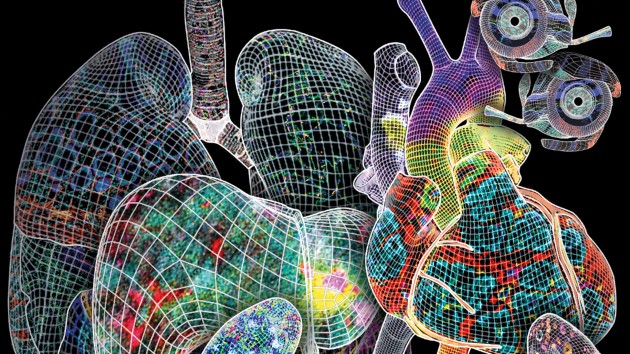 Human BioMolecular Atlas Program
Human BioMolecular Atlas Program
Inaugurated in 2018, the Human BioMolecular Atlas Program (HuBMAP) endeavours to construct comprehensive spatial maps that feature a range of biomolecules such as RNA, proteins, and metabolites in human organs at single-cell resolution.
Image: Heidi Schlehlein -
Collection |
 Progress towards the Sustainable Development Goals
Progress towards the Sustainable Development Goals
The year 2023 marks the mid-point of the 15-year period envisaged to achieve the Sustainable Development Goals, targets for global development adopted in September 2015 by all United Nations Member States.
Image: © Springer NatureOpen for submissions -
Collection |
 Innovations in Stem Cell Biology 2023
Innovations in Stem Cell Biology 2023
Stem cell models of development, regeneration, and disease are quickly advancing. New technologies and concepts are continuously combined with existing knowledge to create more realistic systems to improve our understanding of these intricate processes. In this collection, we highlight papers published in 2022-2023 across Nature Portfolio journals on topics including embryonic development and stem cells, reproductive biology, synthetic tissues and embryo models, clinical and translational research and tissue stem cells.
Image: Jean-Baptiste Sibarita, Virgile Viasnoff, and Anne Beghin -
Collection |
 15 years of topological matter
15 years of topological matter
15 years ago, topological insulators were discovered, marking the start of a new branch of condensed matter physics.
Image: GMVozd/E+ -
Collection |
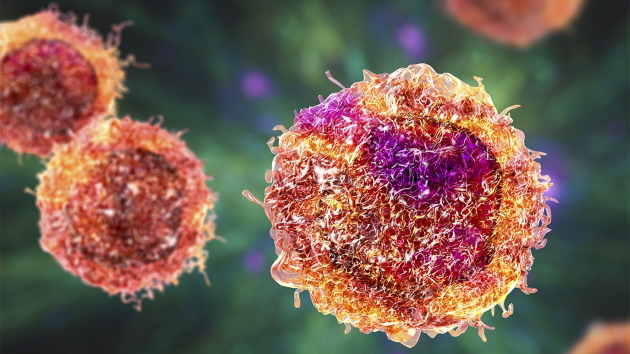 Cancer research
Cancer research
Cancer is a leading cause of death, accounting for nearly one in six deaths worldwide. Many cancers can be cured, especially if detected early and treated effectively.
Image: Kateryna Lon/ Science Photo Library/ Getty Images -
Collection |
 Rifts
Rifts
Earth’s tectonic plates extend and break-apart during rifting.
Image: Ulrich Doering / Alamy Stock Photo -
Collection |
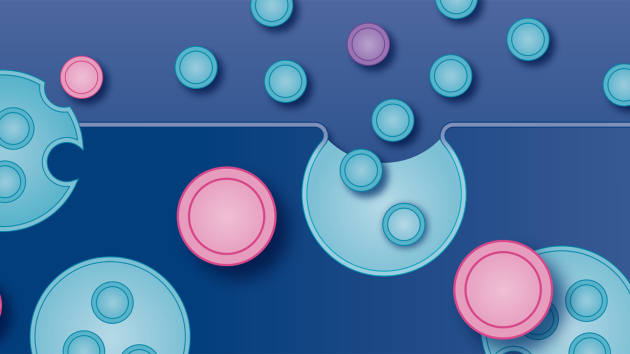 Extracellular vesicles
Extracellular vesicles
Selected, recent articles from across the Nature Portfolio that document the recent progress in understanding the biology of EV-mediated cell–cell communication and advances in clinical translation of EVs.
Image: Vicky Summersby -
Collection |
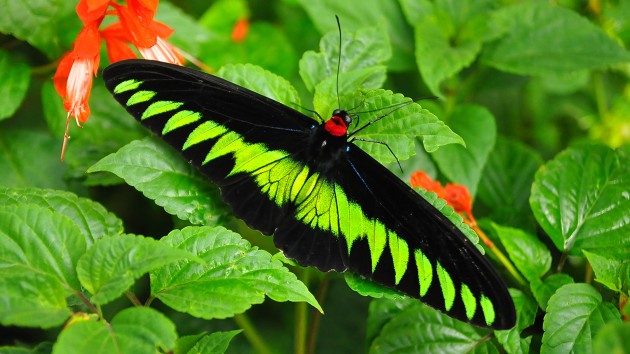 Celebrating Alfred Russel Wallace
Celebrating Alfred Russel Wallace
In commemoration of the 200th anniversary of Alfred Russel Wallace’s birth, we bring together this Collection of articles across the Nature Portfolio showcasing the enduring legacy of Wallace’s discoveries on the theory of evolution and the geographical distribution of species.
Image: Mohd Firdaus -
Collection |
 Center for Industrial Development and Environmental Governance, Tsinghua University (CIDEG): Global Innovation Hubs Index 2022
Center for Industrial Development and Environmental Governance, Tsinghua University (CIDEG): Global Innovation Hubs Index 2022
Innovation is a key engine of economic development in this era of uncertainty.
Image: @ GettyImages-1280385511 -
-
Collection |
 Science at Extreme Pressures
Science at Extreme Pressures
Under extreme pressure, matter can exhibit novel or counter-intuitive phenomena such as superconductivity at unusually high-temperature, unexpected chemical stoichiometries and reaction kinetics, or new material phases.
Image: Lars Plöger, Pixabay

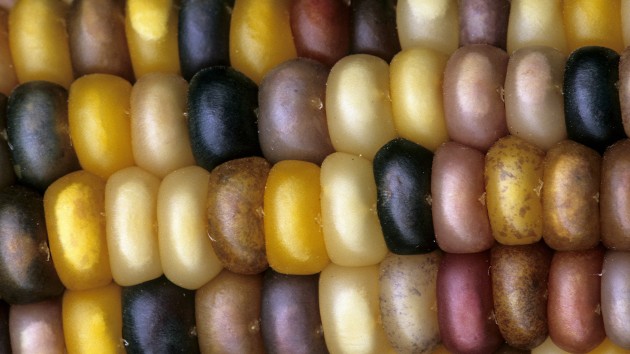 Plant jumping genes: celebrating the legacy of Barbara McClintock
Plant jumping genes: celebrating the legacy of Barbara McClintock
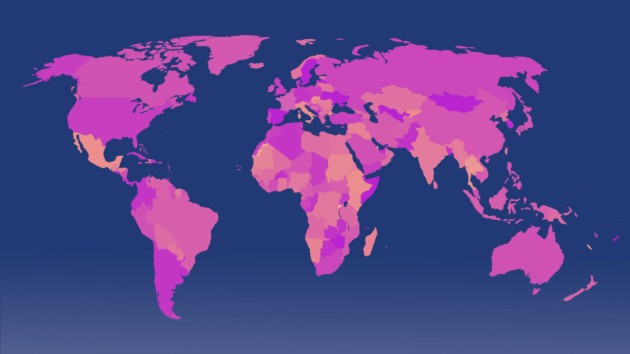 How to vaccinate the world next time
How to vaccinate the world next time